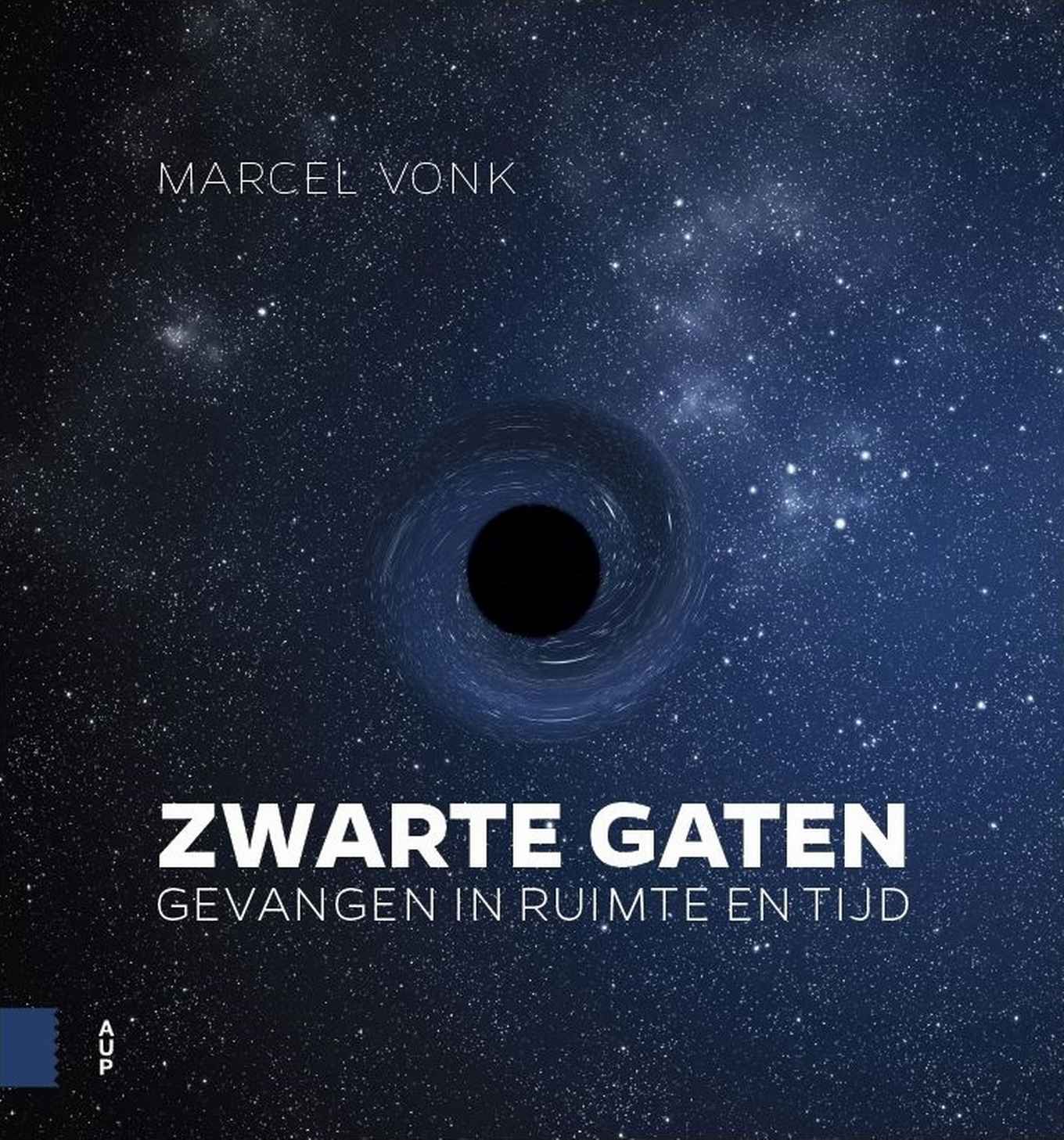Black holes - captured in space and time
14 November 2017

In the previous century, black holes were mostly studied by theorists. However, over the past few years, more and more techniques have become available which allow us to actually observe these elusive objects. In his book `Zwarte gaten - gevangen in ruimte en tijd', Vonk describes our knowledge as well as lack of knowledge about black holes. The book discusses the most recent theoretical insights and explains how those are connected to the recent observational developments.
Subjects treated in the book are, for example, the history of black holes, Stephen Hawking's discovery that black holes are not fully `black' but do emit radiation, the mysterious information paradox and the unexpected thermodynamical properties of black holes. Recent theoretical issues are discussed: what does string theory imply for black holes? If you fall into a black hole, do you burn up in a `firewall'? All of this leads to a picture of black holes as a source of new knowledge about space and time - a theme which is central for example in the recent work of well known UvA-physicist Erik Verlinde.
Zwarte gaten - gevangen in ruimte en tijd. Amsterdam University Press, 216 pages, €39,99.